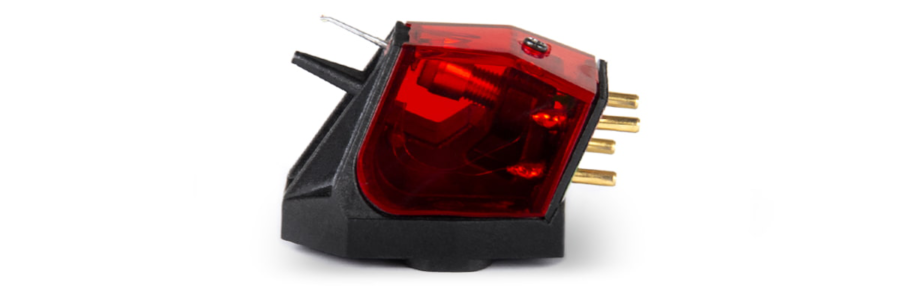There's no logical reason for it to get accidently magnetized. Most incidental/accidental magnetic fields are weak and AC. AC fields are used to
de-magnetize, although they can cause magnetization if power is shut-off mid-cycle.
A static magnetic field doesn't have any effect on a coil. It has to be changing or moving.
If you completely demagnetize the cartridge you no longer have a generator... It's not going to work. 
So, let's hope the demagnetizer isn't too effective! I think you'd have to disassemble the cartridge and de-magnetize any iron parts except for the magnet.
...A magnetized tape head CAN erase, or mess-up, the tape.
"Something" is kind-of useless... If it makes a change it would likely be distortion, or frequency response, or output-level. Something REAL... Try to avoid audiophile nonsense like "more musical" or "more detailed".
A valid experiment would be to record the output and then do a blind
ABX Test. (Make sure to time-align the files.)
...If you can hear a difference 10 out of 10 times in an ABX test, then I'll accept that you're hearing "something" even if you can't describe it with scientific or engineering terminology.
